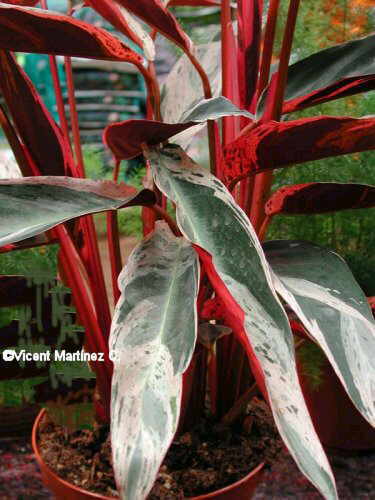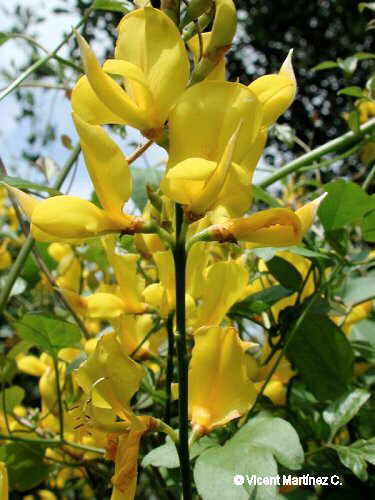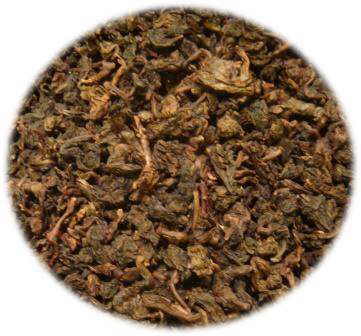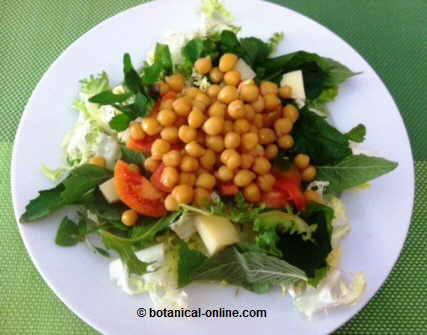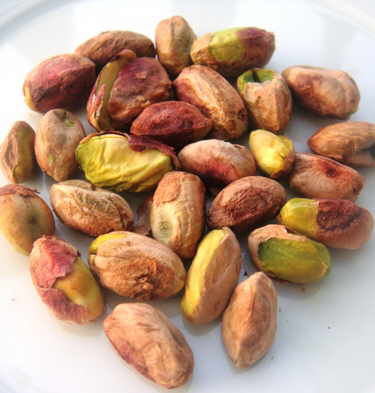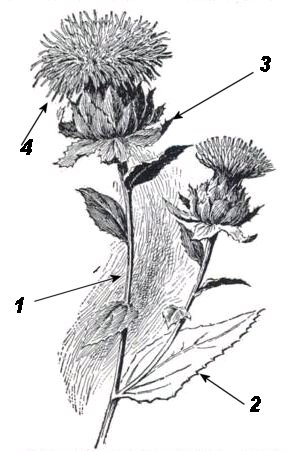Contents
BENEFITS OF WATERCRESS
MEDICINAL PROPERTIES OF WATERCRESS
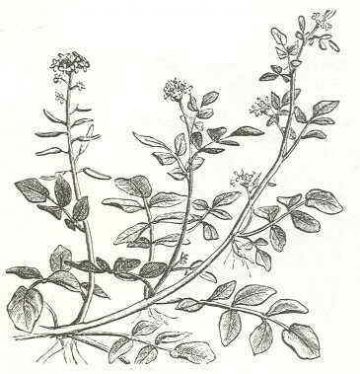
Although normally watercress is used more as a food than as medicine, it contains active ingredients that provide important outstanding medicinal properties. We will mention the main herbal values on this page. People who wish to consult their maintenance properties have to resort to “Food properties of the watercress” in the link below.
Internal use preparations with watercress
Respiratory apparatus: Watercress has antiviral, antibronchitic, expectorant, antipyretic and tonic properties, very suitable for the treatment of respiratory illnesses like colds and, particularly, those which are accompanied by phlegm such as bronchitis or cough with expectoration:
Bronchitis: For the treatment of the bronchitis all the fresh plant can be used (stems, leaves and flowering tops) or the juice of the fresh plant. Among the main preparations we have the following:
- Juice of the fresh plant: Drink fresh plant juice (It can be purchased at pharmacies or herbalists or personally obtained by crushing the plant with a mortar and squeezing the crushed fresh plant ito a cloth. Filter it well with a very thick strainer. Take 60 or 150 g daily in divided doses, diluted with water or cold broth vegetables.)
- Decoction of the fresh plant: Boil about 5 g of fresh plant per cup of water for about 10 minutes. Allow to cool and take a couple of glasses a day.
- Cough: celery preparations help soothe the airways and reduce coughing. (Follow the above prepared fresh plant juice. Sweeten each cup with a tablespoon of honey.)
- Cold: The antiviral, tonic and febrifuge properties of watercress and its high content of vitamin C and vitamin A, in the form of carotene, can be used to help recover from cold and reduce many of the symptoms that often accompany it (cough, hoarseness, runny or stuffy nose, sneezing, fever, low, sore throat, etc.) We must not forget that this plant also has fortifying properties that help patients overcome the tiredness that occur after a cold or flu.
This reinforcing capacity is due to its content in magnesium, potassium as well as in vitamin C, and vitamin B (especially Pantothenic acid and thiamin). (Watercress juice syrup dissolved in sugar syrup: Sugar syrup is formed by placing in a saucepan three parts of sugar and one of water. Stir and remove from heat when it starts to boil. Then filter through a cloth canvas. Squeezing the plant to get the same amount of juice in the ground that the amount of sugar syrup. Filter watercress juice with a linen cloth and mix with sugar syrup. Drink 4 tablespoons daily.)
- Metabolism: the diuretic, anti-arthritic and cleansing powers of watercress has been used since antiquity to treat metabolic diseases by encouraging the elimination of fluids and blood clearance and filtering organs of our body. Among the main anomalies we can point out the following:
- Liquid retention: Watercress is a valuable plant to treat water retention or dropsy. Its high proportion of magnesium, potassium and calcium give it this property, helping to eliminate edema. Use this remedy in cases of oliguria, ie when an amount of less than normal urine. (Place 25 g of fresh plant in a glass of cold water overnight. The next day take 4 tablespoons throughout the day)
- Diabetes: The previous components, along with copper and zinc, vitamin C and niacin, confer it anti diabetic properties that have been used widely to diminish the excess of sugar in the blood. (Eat the fresh plant in salads)
- Obesity: The diuretic capacity of this plant can help to improve the treatment against obesity. (Eat the fresh plant in salads)
- Gallstones or kidney stones: The use of this plant can help to prevent the formation of stones in the kidney or the gallbladder. Nevertheless, it is used like preventive more than like curative, since it does not have to be administered when the gallbladder or the kidneys are inflamed because it can increase the inflammation. (Eat the fresh plant in salads)
- Liver: In case of diseases of the liver, such as liver failure, the watercress helps to clean this organ and facilitate its recovery. (Eat the fresh plant in salads)
- Anorexia: Watercress, as other aromatic plants, contain stimulating principles of the appetite. Its action is due both to the presence of zinc and the sulfur glycoside gluconasturtiin that stimulates the gastrointestinal mucosa leading to increased gastric secretions which increases appetite.
Eating fresh watercress salad will help anorexics or patients with little appetite to have more appetite. We must not forget, however, that watercress should be eaten in moderation, since an excess of this plant can stimulate too much irritating the stomach. I has also be eaten with a lot of wisdom by those who, by nature, have sensitive or too acidic stomachs.
- Vitamin deficiency: The presence of many vitamins can help to prevent or to palliate problems of lack of vitamins (avitaminosis). Since ancient times this plant has been used for the treatment or prevention of scurvy which is caused by lack of vitamin C. One of the most popular remedies for scurvy remedy is to make a decoction of the fresh plant in milk or wine and drink it over a few days.
External use medicinals preparations with watercress
Used externally, watercress is one of the best existing vulneraries. It can help cure any problems that occur in the skin. This ability is conferred mainly by the existence of two components that have antiseptic and healing or regenerative properties for skin: ascorbic acid or vitamin C and zinc. On the other hand, the flavonoid routine provides bactericidal properties at the same time helping preserve the vitamin C. Among the main applications, we can mention the following:
- Injuries: Applied on a wound the leaves of this plant help healing and protect against infection. (Crush watercress leaves and apply as plasters on the wound)
- Boils, sores, abscesses, etc: The same previous treatment can help in healing and healing of the boils, sores, abscesses and other skin problems.
- Mouthulcers or sore tongue: For treatment of mouth ulcers or sore tongue, watercress leaves can be used. We should add a few drops of lemon and a pinch of salt. Subsequently, we will chew this preparation slowly trying the paste formed by mastication reaches the ulcered part of the mouth or the tongue.
- Gingivitis: The above preparation is adequate for the treatment of inflammation of the gums. (Stir the watercress pasta with your tongue on the gums)
- Baldness: Watercress has been traditionally considered one of the best remedies for hair loss. Antialopecic properties of watercress are due to the presence of zinc and biotin, two components that have proven very effective in maintaining the hair. Therefore they take part of many shampoos and other products to keep your hair in good condition. Celery contains iron, copper, zinc, silica, pyridoxine (B6 Vitamin) or biotin (B7 Vitamin). The deficiency of these components can cause alopecia. (Crush some leaves of watercress and make friction on the scalp)
Toxicity of watercress
Watercress remedies should not be given to people with gastric problems such as gastritis, intestinal ulcer gastric ulcer and those suffering from kidney or gallbladder. Overabundant use of this plant through food or through medicinal preparations can cause irritation of the kidneys or bladder. They can also irritate the stomach in people with weak or too acidic stomachs. Watercress preparations should not be given to persons under four years.
You are required to buy plants in trusted stores and wash them properly. No wild plants must be collected for internal use since they may be contaminated and can transmit many diseases.
* Related information: “Precautions with watercress“.
![]() More information on watercress.
More information on watercress.

